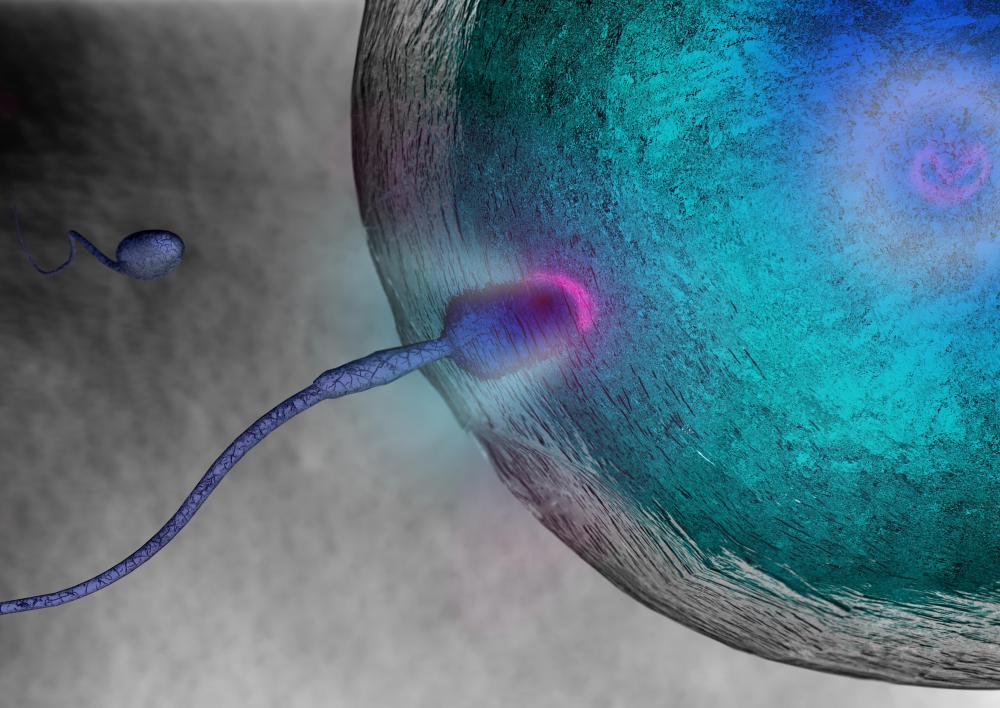At TheHealthBoard, we're committed to delivering accurate, trustworthy information. Our expert-authored content is rigorously fact-checked and sourced from credible authorities. Discover how we uphold the highest standards in providing you with reliable knowledge.
What Are the Different Types of Cells in the Human Body?
There are hundreds of different types of cells in the human body, each with its own unique function, structure and life cycle. Cells are visible only through a microscope and are made up of even smaller units that determine their function and location. Most cells can be grouped into categories according to structure or function. The four main categories of cells are nerve, muscle, epithelial and connective. There are, however, many more specific cell groups including the building blocks of human life — the sex cells.
Nerve cells transmit electrical signals throughout the body to send messages to and from the brain. They react to chemical changes and pass electrical impulses from cell to cell along intricate pathways. Nerve cells in the human body control both conscious and unconscious actions including emotions, decision making, breathing and motor skills. Different types of nerve cells respond to different signals, making each type of cell specialized. Motor nerve cells react to movement in the muscles, and sensory cells respond to many different types of stimuli including temperature, touch and pressure.

There are three distinct types of muscle cells, categorized by their location and function. Cardiac muscle cells are found in the heart and are under unconscious control, ensuring that the heart beats no matter what else is going on in the body. Skeletal muscle is responsible for all conscious movement and motor skills, while smooth muscle is found within many different organs. All of these cells help the body's muscles tense and relax in response to external and internal stimuli.

Epithelial cells are more commonly known as skin cells. Their function is to protect the internal structures of the body from the numerous harmful agents in the environment. Skin cells in the human body are flat to provide uninterrupted protection from chemicals, pollution, bacteria and other organisms. The skin also plays a vital role in temperature control and the sensing of touch, pressure and temperature.

Connective cells make up part of the body's connective tissue, which is responsible for providing structure to the body and protecting the internal organs. These cells help to connect all of the body's parts and form membranes around organs, muscles, tendons and ligaments. The most abundant connective cell type is the fibroblast, which creates a connective tissue matrix via the process of protein synthesis.

While there are numerous other types of cells in the human body, perhaps none are more significant to human life than the sex cells, also known as gametes. These cells — the sperm from the male and the eggs from the female — carry genetic material that will be passed to potential offspring. They are specifically designed and shaped to survive hostile environments, and every cell type in a person originates from just two such sex cells.
AS FEATURED ON:
AS FEATURED ON:
















Discuss this Article
Post your comments